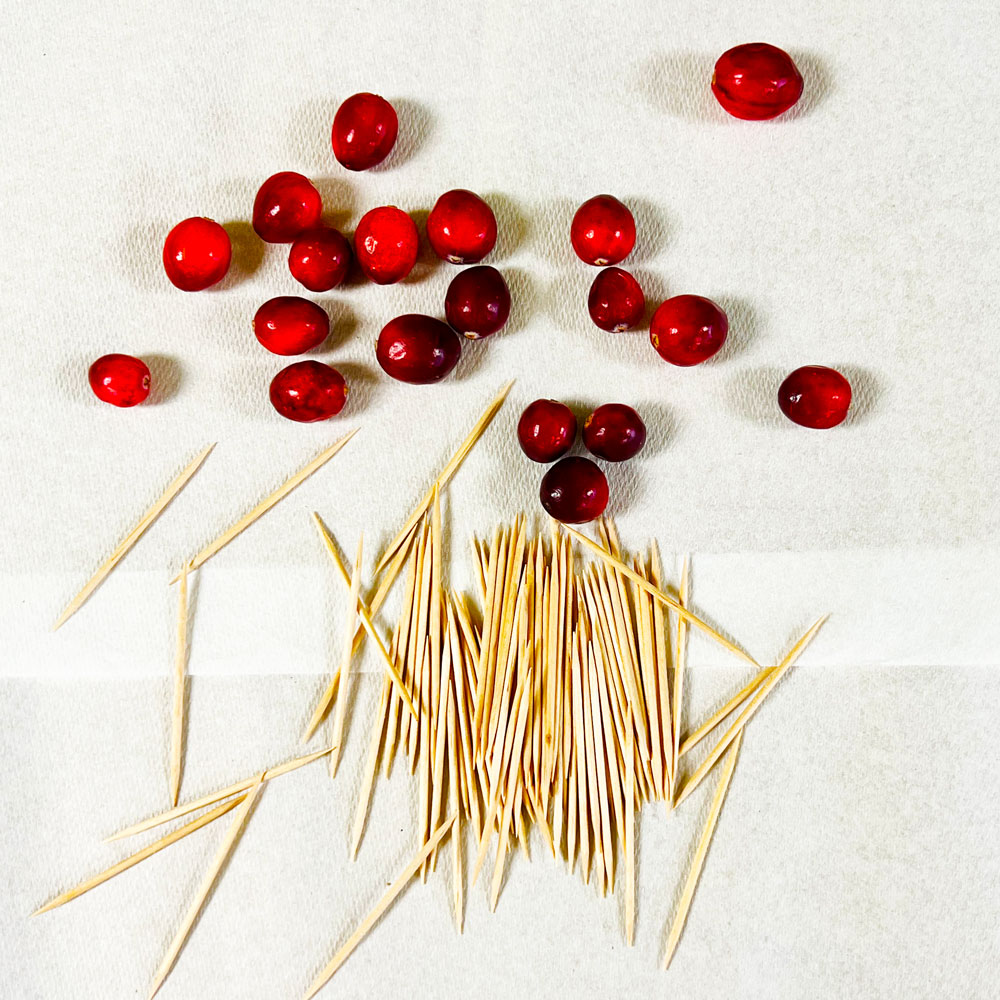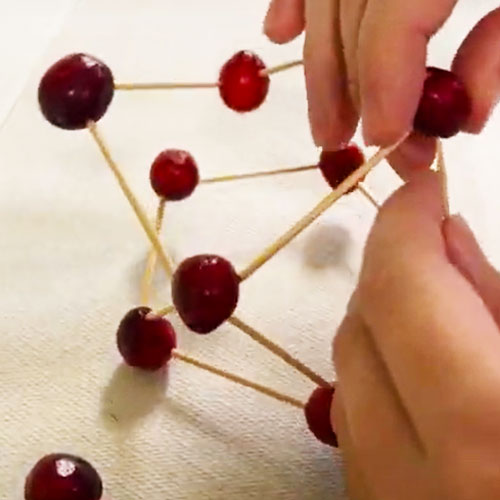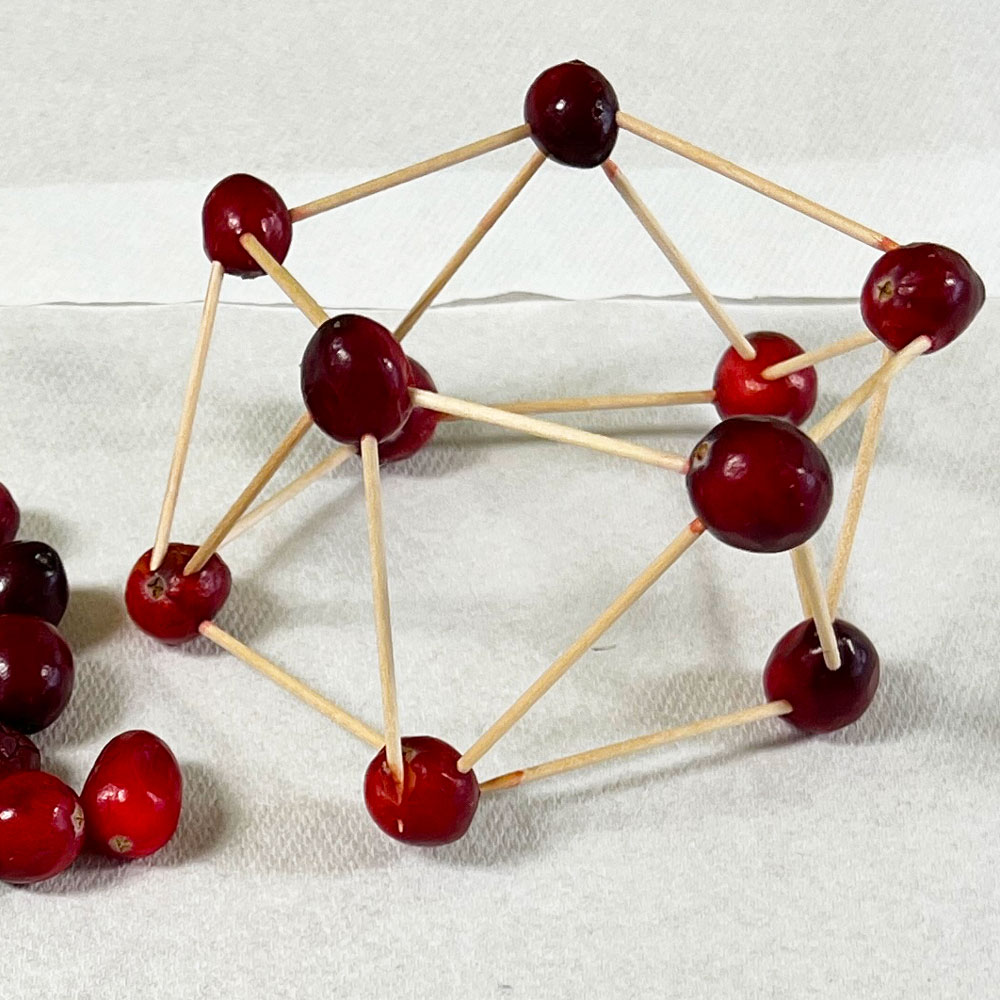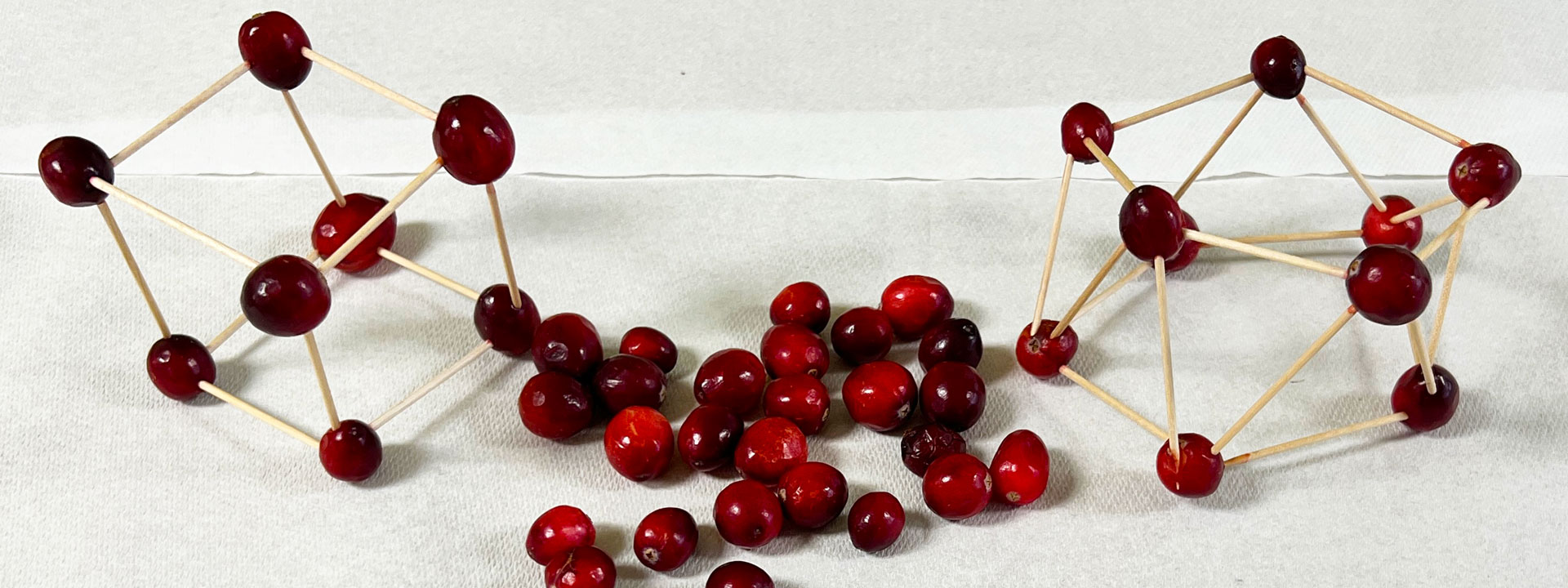Your holiday dinner is complete. Your belly is full and you've cleaned the dishes and stored away the extra food in anticipation of leftover goodness—turkey soup, turkey sandwiches, turkey tetrazzini, and a whole smorgasbord of of amazing sides and desserts. You've already taken your obligatory post-holiday-meal nap. You've even taken the time to create a Gobblephone band! One lingering question remains...
What do you do with all of those unused cranberries?
Why, you practice being an engineer, of course! Engineering is the use of science and math to design or make things to solve a problem. They're everywhere! Here's a sample of what engineers have a hand in creating:
- Bridges
- Buildings
- Robots
- Rockets
- Roads
- Light switches
- Tennis rackets
The list goes on and on. You probably get the idea. Try your hand at structural engineering with the leftover cranberries and see if you can build a structure that will hold a heavy object!.
Supplies

- 10 (or more) cranberries
- 20 (or more) toothpicks
- 1 large hardcover book
- 1 paper plate (or other working survace—cranberries can be messy!)
Directions
- Using 10 cranberries and 20 toothpicks, design a structure that you think will hold the weight of a large book.

2. Don't just celebrate success. Celebrate failure, too. Make modifications until you've successfully built a structure that will hold the book.
“It’s fine to celebrate success, but it is more important to heed the lessons of failure.”
—Bill Gates
Adaptations:
- For younger children who aren't going to try to build a structure that holds a book, try these instead:
- Have them create 2D (flat shapes) and then 3D shapes. Talk about the difference between a square and a cube. Have discussions about how many sides different shapes have.
- Make predictions before creating your shapes. How many cranberries (or toothpicks) do we think it will take a create a square, pyramid, or cube?
- For younger engineers, try these adaptations:
- increase the number of gumdrops and toothpicks
- Use a lighter book
- For older engineers, consider these additional challenges:
- Adding a time limit
- Requiring it to be a certain height off the table
- Creating multiple designs that work
- Encourage them to use as little supplies as possible
Clues:
- Triangles are strong
- Large bases hold more weight


 (
(











